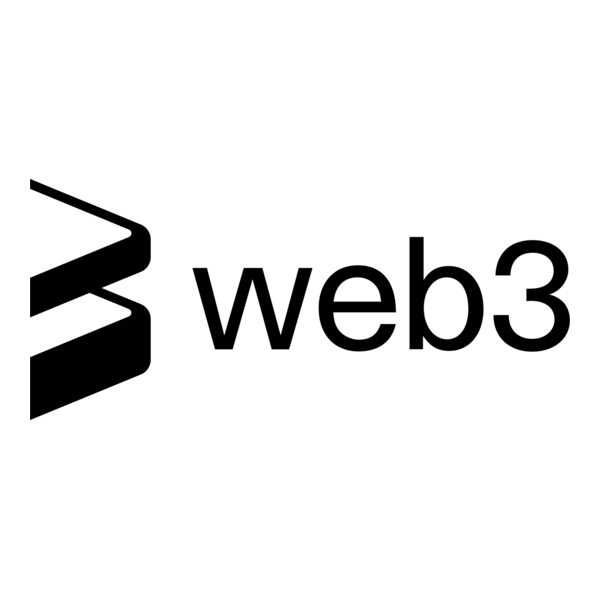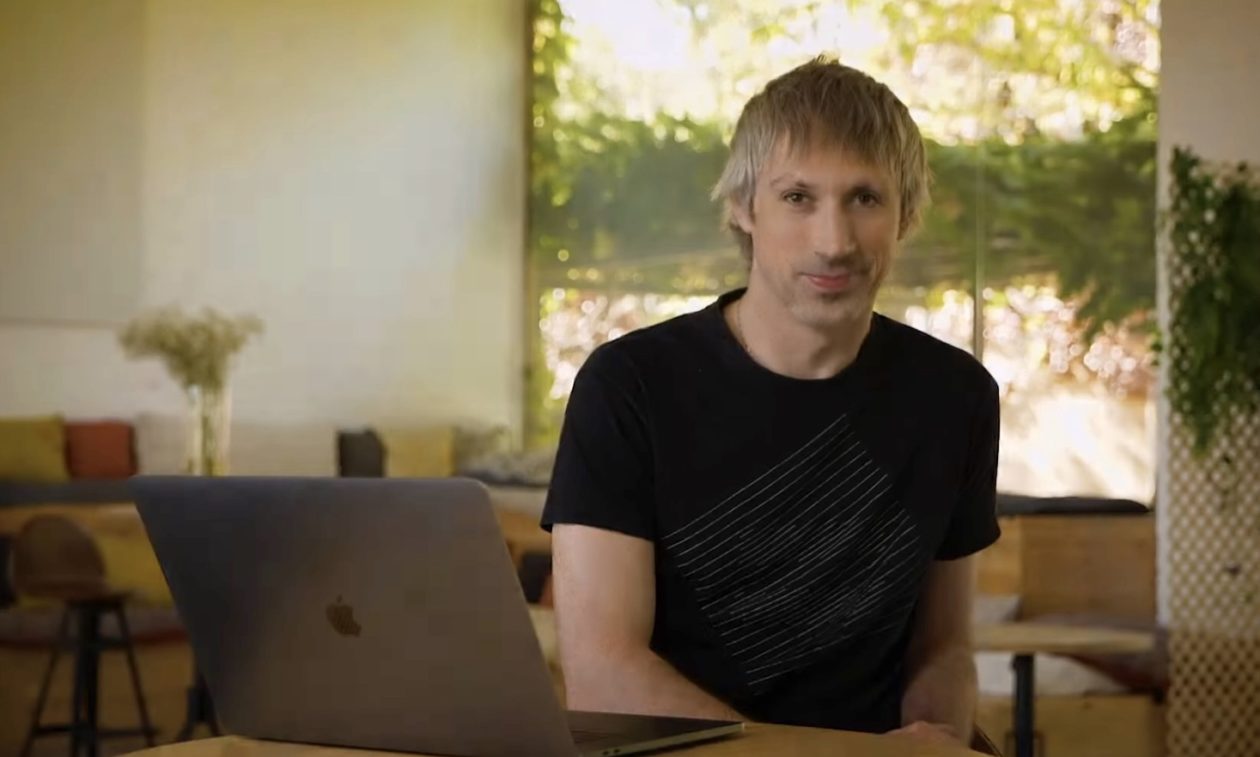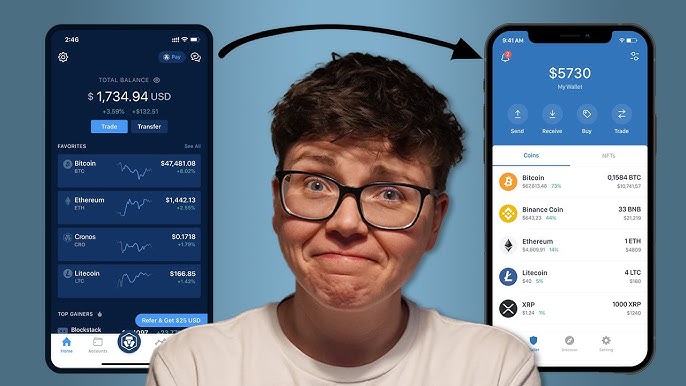Fundraising in Web3 has evolved well beyond the ICO boom of 2017. In today’s market, investors demand more than a flashy white paper — they seek strong project identities, validated business models, and clear market demand. Here’s how startups can navigate the complex Web3 funding landscape in 2025.
Accelerators and Incubators: Building a Strong Foundation
Programs like Outlier Ventures Base Camp and Cointelegraph Accelerator offer far more than seed capital. They provide structured mentorship, access to key networks, and guidance on market positioning — helping founders develop viable MVPs and refine their go-to-market strategies.
Accelerators typically target projects with an MVP, while incubators support early-stage ideas. Both offer valuable opportunities to validate concepts and connect with potential investors.
Also read: How to Buy Jasmy Coin (JASMY) on Top Crypto Exchanges: A Beginner’s Guide
Venture Capital: Raising Smart Money
Venture capital remains a primary funding source for Web3 startups seeking significant capital. However, today’s VCs are far more discerning, looking for proven traction, sustainable tokenomics, and strong legal compliance.
Founders should target Web3-focused VCs with relevant track records, prepare thorough due diligence materials, and structure deals that align incentives through a mix of equity and tokens.
Grants and Ecosystem Funds: Non-Dilutive Capital
Blockchain ecosystems such as Rootstock and Starknet actively fund projects that contribute to their networks. These grants offer non-dilutive capital — meaning no equity or token shares are surrendered.
To win grants, founders must clearly align with the ecosystem’s goals, demonstrate a viable roadmap, and showcase how their project will add value to the community.
ICOs and Crowdfunding: Community-Driven Capital
While ICOs remain a funding avenue, they now come with stricter regulatory scrutiny. Legal compliance and transparent tokenomics are non-negotiable. Meanwhile, platforms like Gitcoin and UFANDAO enable community-driven crowdfunding, offering smaller-scale support for early MVP development.
For founders just getting started, these methods can provide the initial runway needed to build and scale.




